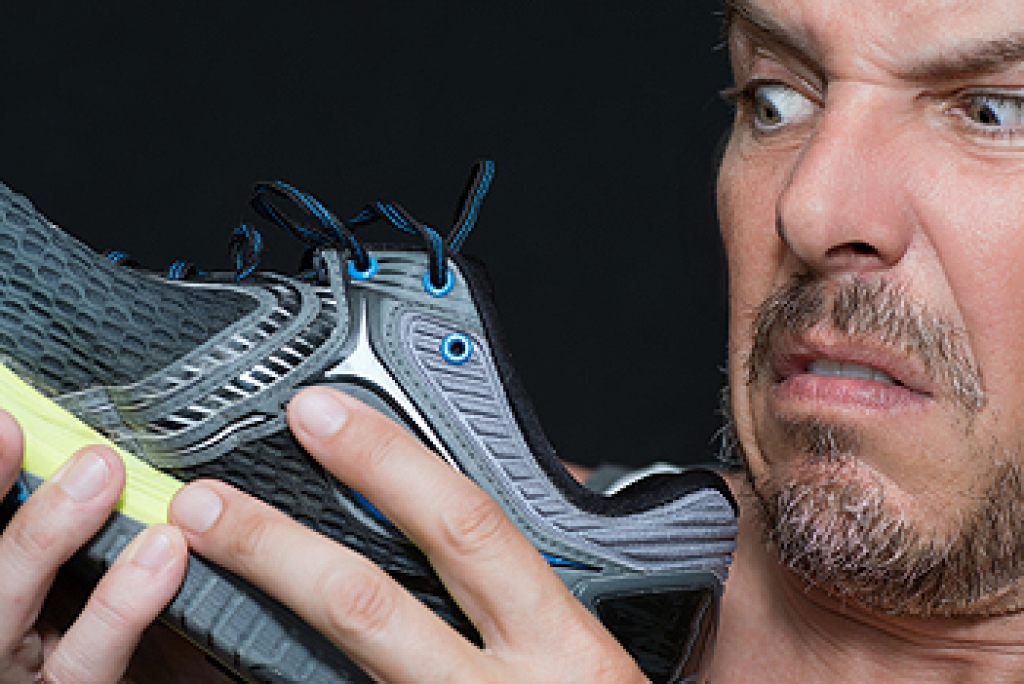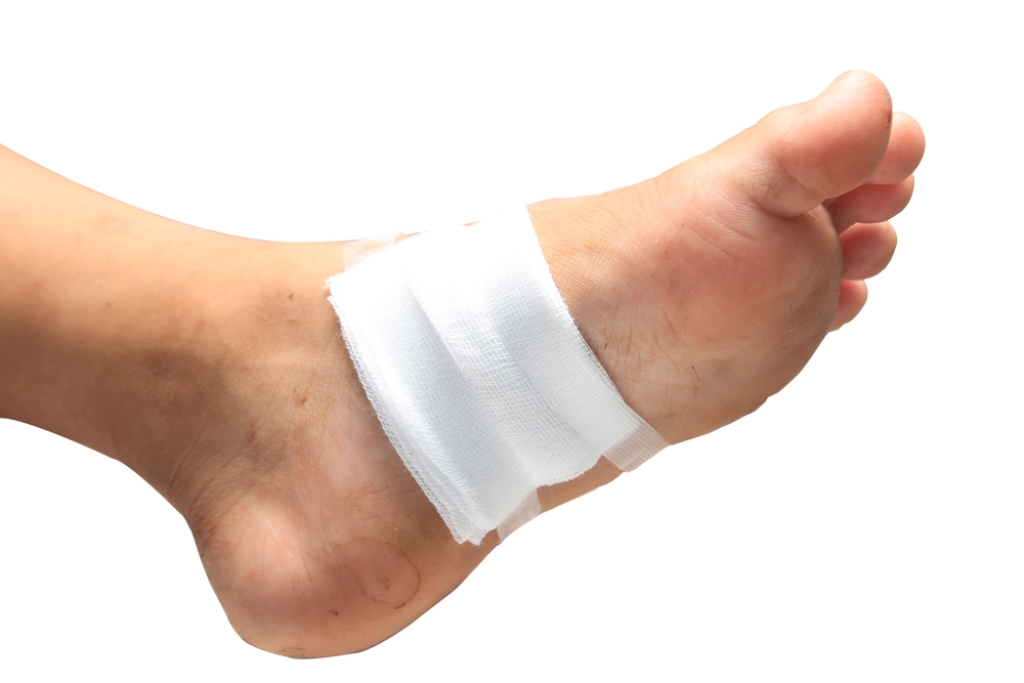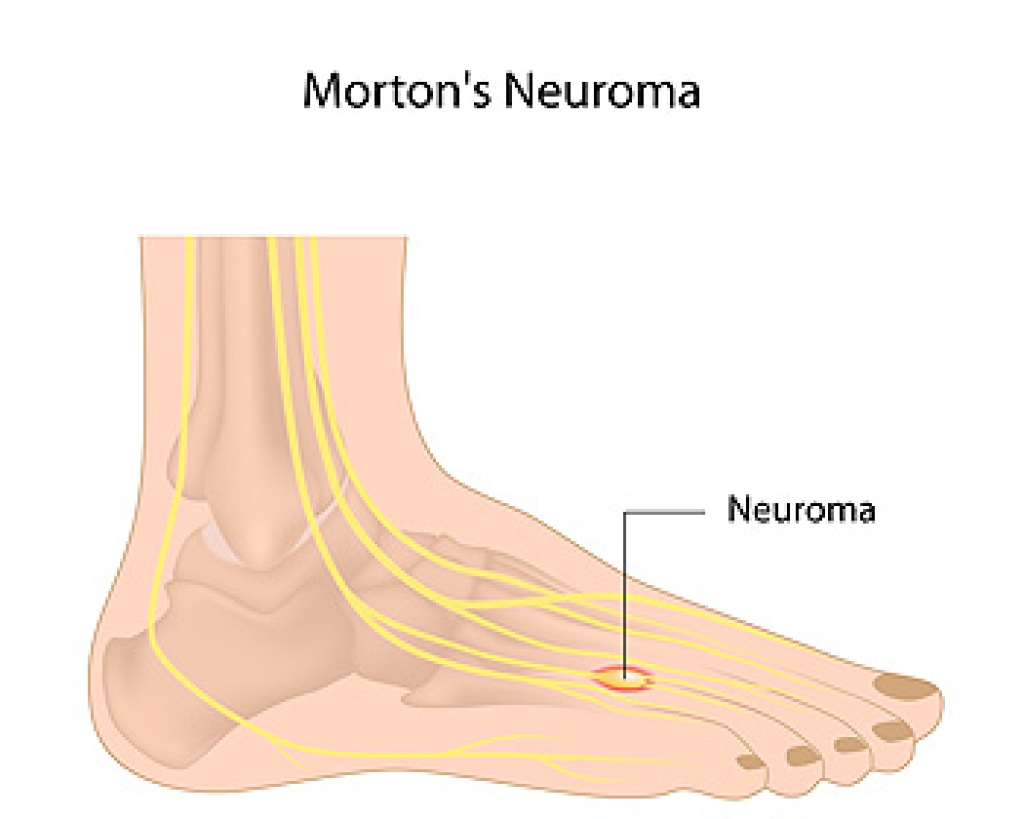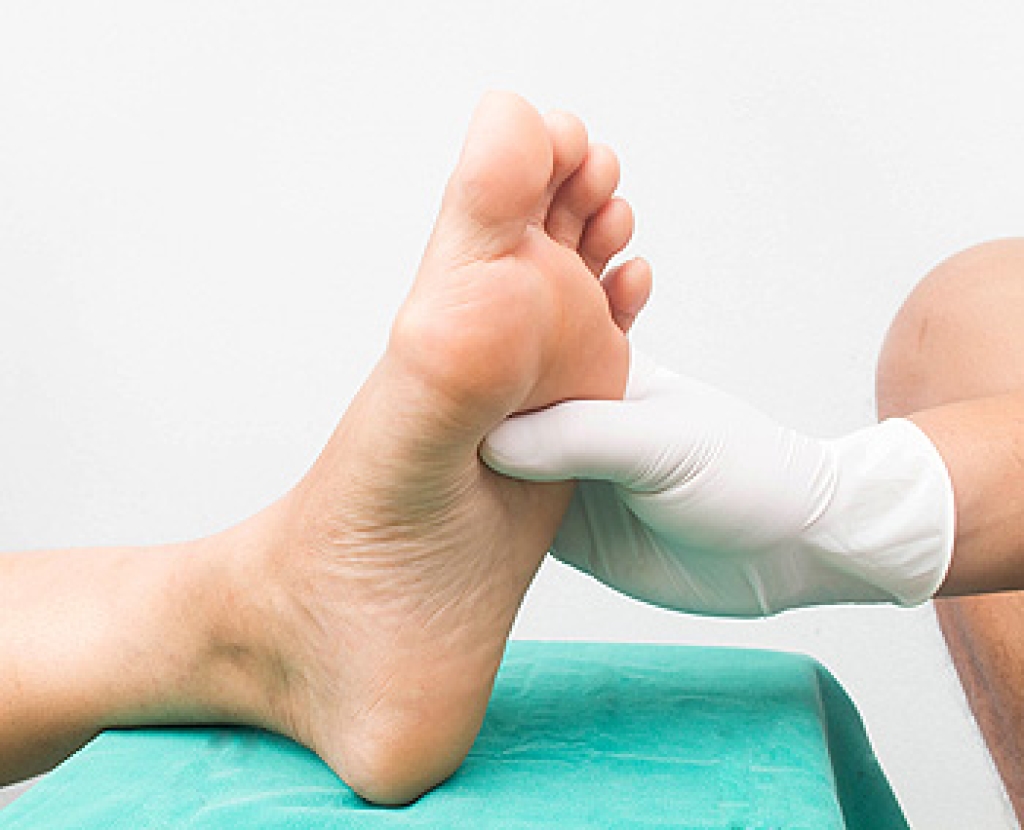 The medical condition that is referred to as plantar hyperhidrosis is known as excessive sweaty feet. Patients who are affected by this ailment have endocrine glands that produce large amounts of sweat throughout the day. Research has indicated it may be helpful to keep a written log on how often sweating episodes occur. It may be easier to notice if there are any emotional triggers, or from the foods that are eaten. Moderate relief may be found when cotton socks are worn, and this may help to absorb existing sweat. Research has indicated it is beneficial to drink plenty of fresh water daily, which is known to regulate body temperature. If you are afflicted with plantar hyperhidrosis, it is advised that you consult with a podiatrist who can guide you to the correct treatment options.
The medical condition that is referred to as plantar hyperhidrosis is known as excessive sweaty feet. Patients who are affected by this ailment have endocrine glands that produce large amounts of sweat throughout the day. Research has indicated it may be helpful to keep a written log on how often sweating episodes occur. It may be easier to notice if there are any emotional triggers, or from the foods that are eaten. Moderate relief may be found when cotton socks are worn, and this may help to absorb existing sweat. Research has indicated it is beneficial to drink plenty of fresh water daily, which is known to regulate body temperature. If you are afflicted with plantar hyperhidrosis, it is advised that you consult with a podiatrist who can guide you to the correct treatment options.
If you are suffering from hyperhidrosis contact Larry J. Kipp, DPM of Coastal Podiatry Center. Our doctor can provide the care you need to attend to all of your foot and ankle needs.
Hyperhidrosis of the Feet
Hyperhidrosis is a rare disorder that can cause people to have excessive sweating of their feet. This can usually occur all on its own without rigorous activity involved. People who suffer from hyperhidrosis may also experience sweaty palms.
Although it is said that sweating is a healthy process meant to cool down the body temperature and to maintain a proper internal temperature, hyperhidrosis may prove to be a huge hindrance on a person’s everyday life.
Plantar hyperhidrosis is considered to be the main form of hyperhidrosis. Secondary hyperhidrosis can refer to sweating that occurs in areas other than the feet or hands and armpits. Often this may be a sign of it being related to another medical condition such as menopause, hyperthyroidism and even Parkinson’s disease.
In order to alleviate this condition, it is important to see your doctor so that they may prescribe the necessary medications so that you can begin to live a normal life again. If this is left untreated, it is said that it will persist throughout an individual’s life.
A last resort approach would be surgery, but it is best to speak with your doctor to find out what may be the best treatment for you.
If you have any questions, please feel free to contact our office located in New Port Richey, FL . We offer the newest diagnostic and treatment technologies for all your foot care needs.





